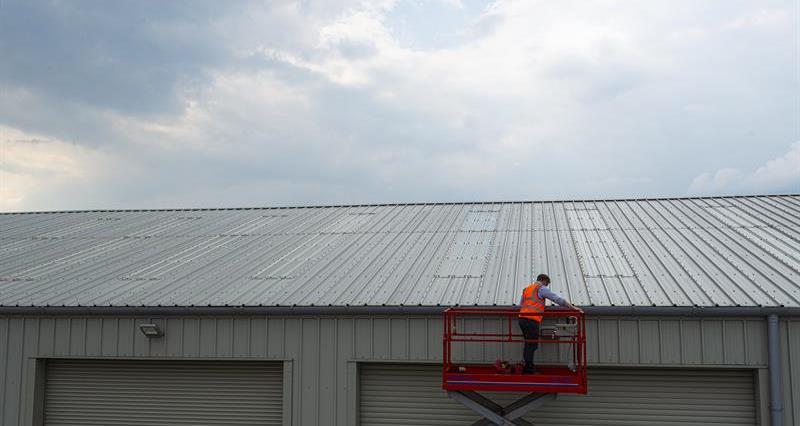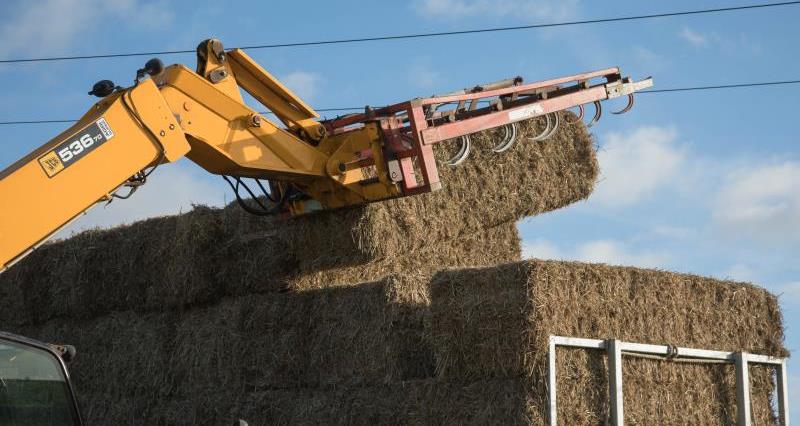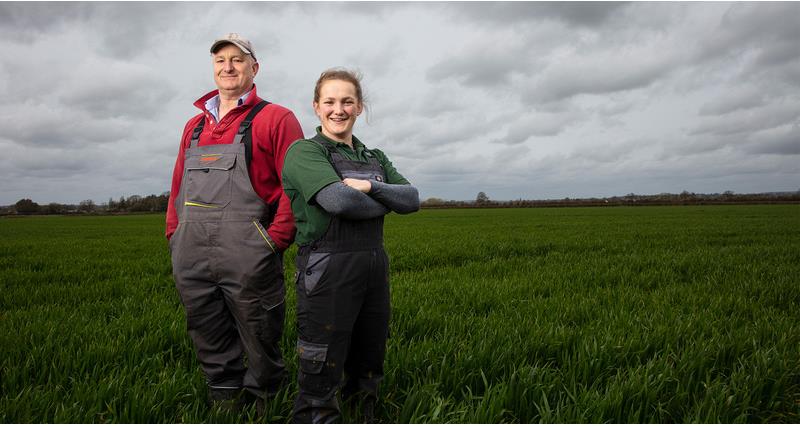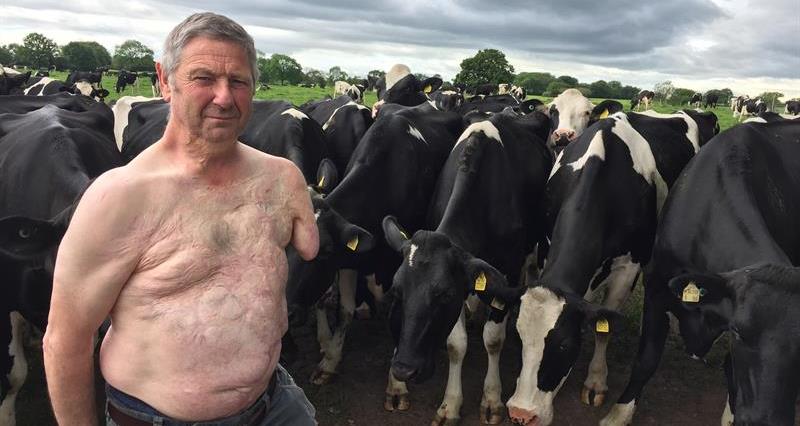Working from height is one of the top four causes of workplace incidents in the agricultural industry.
The majority of workplace falls occur from a height of 2m or less from the ground. Care should be taken when working at any height off the ground, be it climbing on a step to reach something of a shelf or completing repairs to a roof. Injuries from work at height can be managed and incidents which result in death and serious life changing injuries can be avoided.
The Law
The Work at Height Regulations 2005 covers all work activities where people could fall and be injured. Employers, the self-employed and others who have control over work at height all have duties. You must make sure work at height is properly planned, uses the correct equipment, is supervised and carried out by people who are competent to do the job.
Working from height without protection, only needs one mistake or lapse in concentration to result in death or serious injury. Since 2020, seven people lost their lives as a result of a fall from height in farm work places and many more have suffered life changing injuries.
'Take more time'
NFU Norfolk Chair Tim Papworth has previously shared his experience when he suffered a serious injury in 2010.
He fell 14 feet from a ladder while trying to change a bulb in a potato store. Part of his skull had to be removed due to swelling on the brain, to be replaced later by a titanium plate.
He said he was only saved because the East Anglian Air Ambulance arrived to provide emergency medial care and then airlifted him to Addenbrooke’s Hospital, where specialist help was on hand. He spent five weeks in a medically induced coma, followed by long difficult months of rehabilitation.
“It’s hard to imagine the amount of pain it caused my family. My wife Emma had to travel regularly from home to Addenbrooke’s, not knowing how I would be and what I would be like after I awoke from the coma. It must have been terrible for her. Fortunately, I have recovered very well,” he said.
“The one thing I would suggest that people do is to take more time. Think about what you’re doing.”
NFU Norfolk chair Tim Papworth
Tim has spoken openly about the impact the accident had on his mental health and the help and support he received from family and friends, and YANA, to help him get through this traumatic period. He has since trained as a mental health first aider and raises money for the air ambulance.
“The one thing I would suggest that people do is to take more time. Think about what you’re doing. And then take more time to do the job. Do it properly, and don’t trust to luck,” he said.
Work considered 'high risk'
If your work is high risk and long duration such as repairing a barn roof or planned gutter maintenance etc., you should follow the below guidance:
- Hire appropriate trained contractors to complete the work.
- Hire appropriate equipment and complete necessary training for the task such as a using a MEWP (Mobile Elevating Work Platform).
- Use working and appropriate fall arrest systems such as a harness and lifeline and complete training in their use.
- Ensure any equipment used for working at height is LOLER tested and compliant.
- If possible, obtain equipment that allows you to complete the work from the ground such as telescopic gutter cleaners.
Work considered 'low risk'
If your work is low risk and short duration such as replacing a light bulb or accessing a trailer bed, use of a ladder may be appropriate. When using a ladder remember the following:
- Ensure your ladder is fit for purpose and there is no risk of the ladder breaking.
- Ensure you have another able person present to brace the ladder while you are completing the task.
- Ensure the surfaces the ladder is resting on are flat and free of potential hazards.
Working from height should never be completed alone or in circumstances of poor visibility, e.g., low light levels.
A tractor or loader bucket should never be used to complete work at height.
Inspection of lifting equipment
Lifting equipment is regulated by the LOLER (Lifting Operations and Lifting Equipment Regulations 1998). The law states that lifting equipment used to lift people must be inspected by a competent person once every six months.
Normally this inspection would be carried out by a specialist, or engineer from your insurance company.
For more information on regulations around lifting equipment, visit: Using and maintaining lifting equipment – what does the law say?
Further resources
For more information review .
For Working at Height training, visit the Lantra website:
You can also download and print our guide for how to stay safe whilst working at heights, which includes further advice on what the law says and case studies on HSE inspections.





